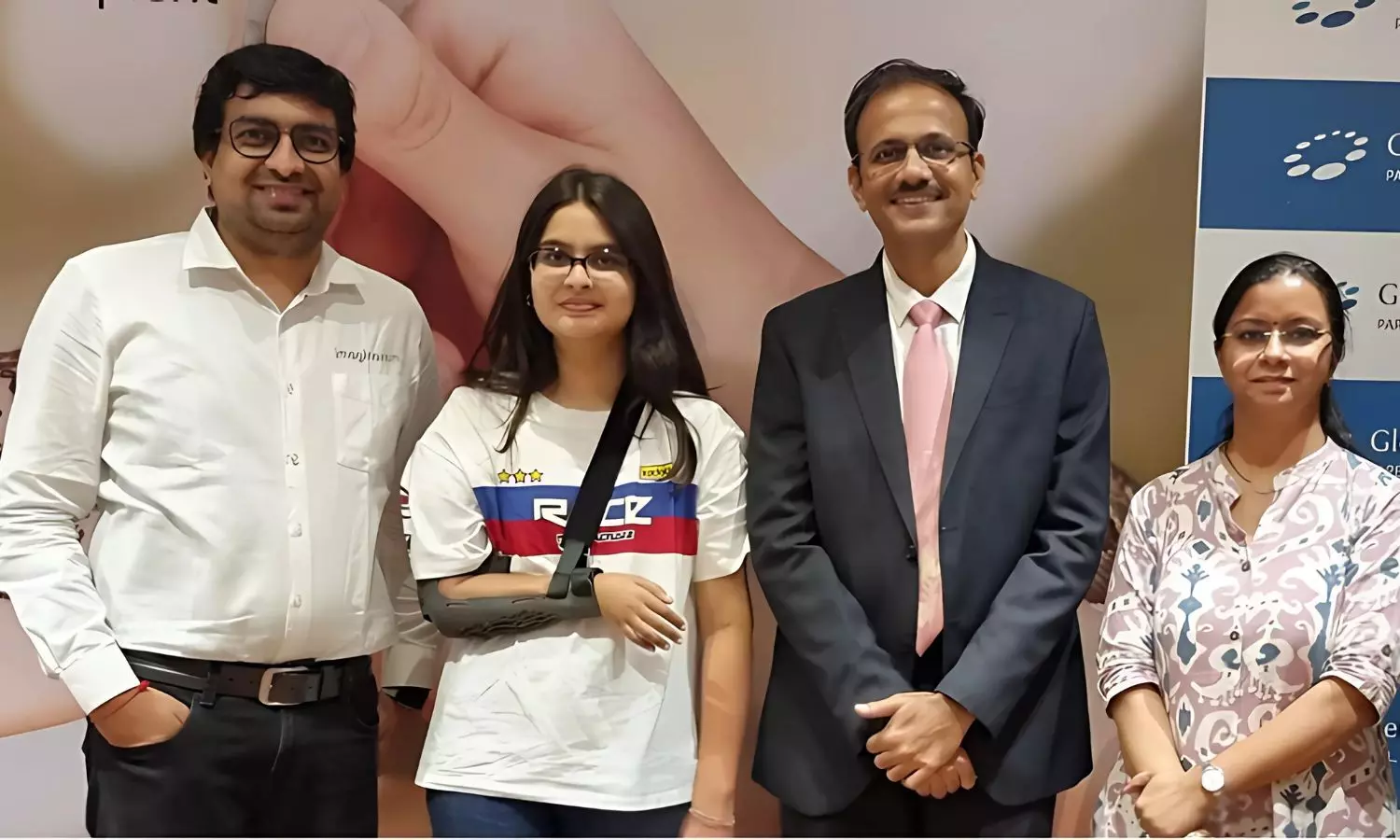Imaginarium paves the path for India’s firsthand transplant recovery with 3D Printing solution
This unique innovation sets a precedent for additive manufacturing use cases in the healthcare industry for customised medical solutions
Sagar Parekh, Business Head, Imaginarium Life; Anamt ... bhai, Gleneagles Hospitals; Deepali, Move Better

Mumbai, 25th October: Imaginarium, a leading multi-speciality digital manufacturing business, has announced that the company's customised, bio-compatible 3D printed orthotic device is successfully supporting the recovery of 15-year-old teenager Anamta Ahmad, who underwent a complex hand transplant post-her amputation.
Anamta Ahmad, the youngest person in the world to undergo a shoulder-level limb transplant, faced a daunting recovery journey as she got electrocuted by 11000-volt electric wires. The complex nature of the surgery and extended recovery period required a specialised approach to ensure proper healing and minimise discomfort. Imaginarium's custom 3D-printed orthotic device, tailored to Anamta's needs, has been crucial in overcoming these challenges.
"We are proud to have played a role in Anamta's recovery by pushing the boundaries of personalised healthcare,” said Aashay Mehta, Managing Director and Co-Chairman at Imaginarium. “There’s nothing that requires more customisation than the human body; no two people are the same, and even our left and right sides aren’t identical. That’s why our work is so vital. Whether it's for this surgery or developing patient-specific implants, we’ve been at the forefront of 3D-printed healthcare solutions for two decades. Our goal is to keep innovating and finding new ways to meet the unique medical needs of each individual."
Crafted from durable, biocompatible hard plastics, the device prioritises both comfort and long-lasting performance, making it ideal for extended use. Without such innovations, achieving effective recovery would have been far more difficult in cases of complex procedures such as Anamta’s.
“I had complete trust in the doctor and his team of professionals; they made me feel optimistic about the surgery. Once the procedure was done, I had to enter my recovery phase with a brace, which was custom-made by Imaginarium. To know that I’m the first transplant patient to get a custom 3D-printed brace excites me even more. The brace was not only functional but also had an aesthetic appeal to which I could relate as a teenager, which I find quite essential given the length of the recovery period,” said Anamta Ahmad. “Also, being exposed to high-end technologies and processes was a fascinating experience, and the members at Imaginarium were incredibly supportive. I hope this innovation helps many more like me to have a peaceful recovery process."

